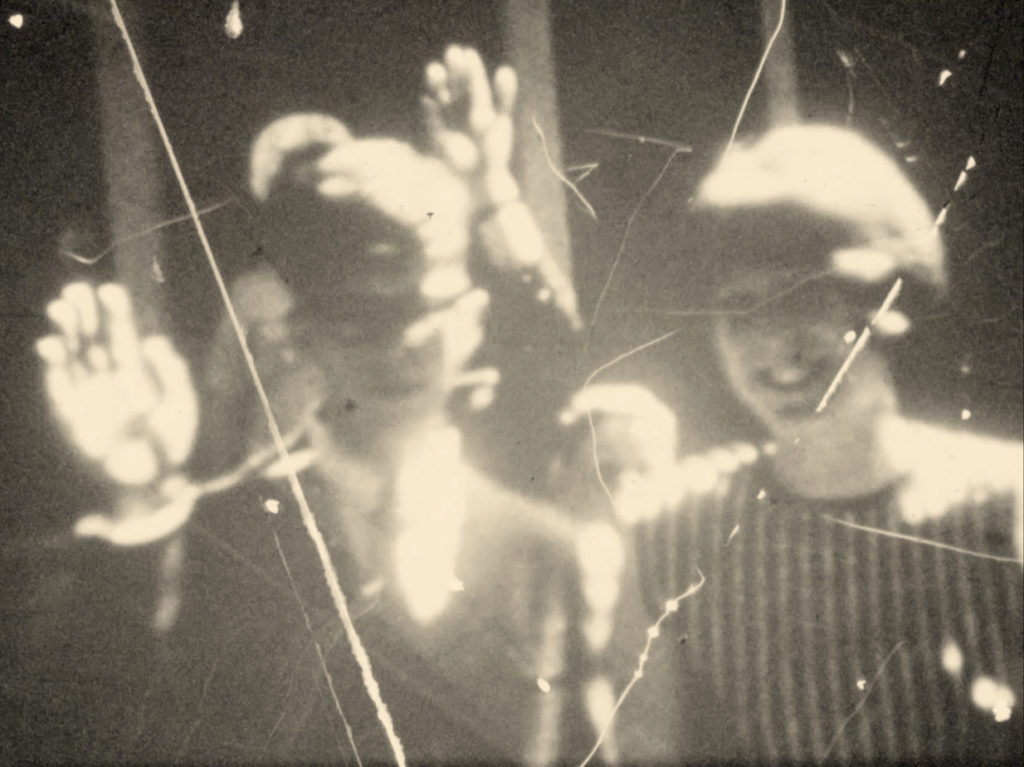
Bye Bye Now (2022) by Louise Bourque
Thursday, May 29, 2025, 7:00 pm
Found Footage & Collage Films
The Artist’s Voice
Admission: $15 General / $12 Cinematheque Members
Event tickets here
I am a thief of footage, a renegade filmmaker who refuses to play by the rules set forth by the powers that be. I scour the depths of cinematic archives, searching for snippets of truth beneath layers of propaganda and conformity. With each stolen frame, I threaten the established order, daring to disrupt the carefully curated narratives that dictate our perception of reality. (Peggy Ahwesh: Appropriation is Theft. Published in Found Footage & Collage Films: The Artist’s Voice)
There is something of a weaver’s purpose in sewing together a film with images from previous times; likewise with the images we look at daily and come to know through sensory, intimate experience. All those images are caught in the fabric of the world: raw material for the imagination. […I]t’s the contact with the material, with the visual world manifested in the flesh—the flesh of ideas and feelings, of dreams, of gestures, spaces and objects fixed in time—which prompts […] artists and filmmakers […] to reuse images and express a need to create in their urges, hopes and hesitations. Alongside is this notion of what is sought, since one who does not know what one is looking for never knows what one will find; in other words, looking for memories, collecting, rearranging images to question or engage with, seeking to shake reality from one’s own perspective[…]. The art of recycling images, by observation and experiment, awakens the imagination… (César Ustarroz: Preface to Found Footage & Collage Films: The Artist’s Voice)
Since 2015, Found Footage Magazine has served as a vital resource for artists and filmmakers, scholars, researches and cinephiles interested in the theoretical, historical and aesthetic dimensions of found footage filmmaking, providing a forum for the dissemination of information, critical thinking and discussion of the broad genres of its various manifestations—from film collage to essay film to formalist experiment—giving speculative voice to artists, academics and ideologues worldwide in consideration of this endlessly fascinating field of practice. Following the October 2024 publication of the magazine’s 10th Anniversary edition, FFM’s 336-page Found Footage & Collage Films: The Artist’s Voice (2025, César Ustarroz, ed.) compiles personal statements from 40 contemporary artists currently working in this mode.
This evening’s screening celebrates this publication by presenting five works discussed in the text whose imagery draws from the pre-digital image banks of the twentieth century, films assembled from personal and anonymous home movies, newsreels and industrial films and more.
This screening is dedicated to the memory of filmmaker Malcolm Le Grice (1940–2024) and includes his rarely screened double-16mm film Castle Two (1968).
SCREENING:
Bye Bye Now (2022) by Louise Bourque (Canada/Acadian); digital video, color, sound, 9 minutes. Exhibition File from the maker.
Surface Noise (2000) by Abigail Child (US); 16mm, color, sound, 18 minutes. Print from Canyon Cinema.
The Color of Love (1994) by Peggy Ahwesh (US); 16mm, color, sound, 10 minutes. Print from Canyon Cinema
Polaroids (2015) by Péter Lichter (Hungary); digital video, color, sound, 14 minutes. Exhibition File from the maker.
Castle Two (1968) by Malcolm Le Grice; double screen 16mm, b&w, sound, 32 minutes. Print from LUX
TRT: 83 minutes
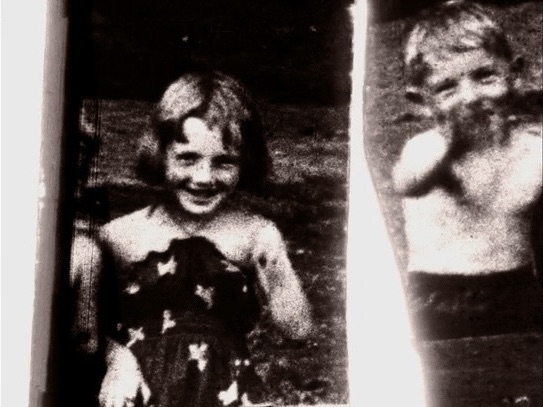
Bye Bye Now (2022) by Louise Bourque
The very gesture of waving HELLO to the movie camera in itself (re)presents a recurring GOODBYE to a fleeting moment. Made in homage to my father, this film traces past lives lived in these personal 8mm family archives he left me. (Louise Bourque)
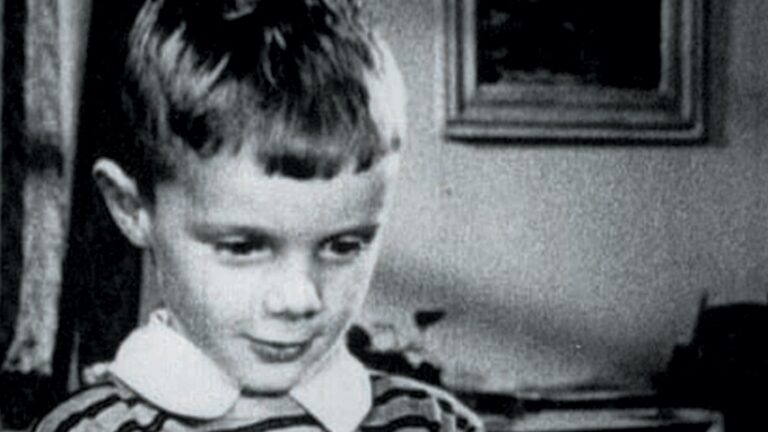
Surface Noise (2000) by Abigail Child
Surface Noise is about color, rhythm and beauty, but also acceleration, play, speed, critique and translation. It seeks to contextualize the images and sounds into something that can derive new meanings in the face of educational normalcy and assumptive cultural values. The work reflects the world at large, its miraculousness and its miseries both sensitive and explosive, its exploitation and its excitement. There is focus on industry and a segregation of workers from owners. Both seductive and disturbing, the film seeks to re-territorialize the elements of film (its waste) even as it calls into question the structures of empire, narrative, power, gender and completion. The work tests the ways in which we assimilate information and navigate through history and memory, re-designing and re-signifying the cinematic image array. (Abigail Child: Piracy and Poetics: Appropriation and Process. Published in Found Footage & Collage Films: The Artist’s Voice)
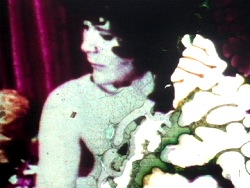
The Color of Love (1994) by Peggy Ahwesh
The last word in ready-mades, Peggy Ahwesh’s The Color of Love… is a slightly slo-mo, optical reprint of an obviously ill-treated ’70s porn movie in which the chemical rot that’s already eaten away the edges of the image threaten to censor it entirely. …An ur-text for Ahwesh’s work, The Color of Love is an almost Rose Hobart for the ’90s. (Amy Taubin, The Village Voice)
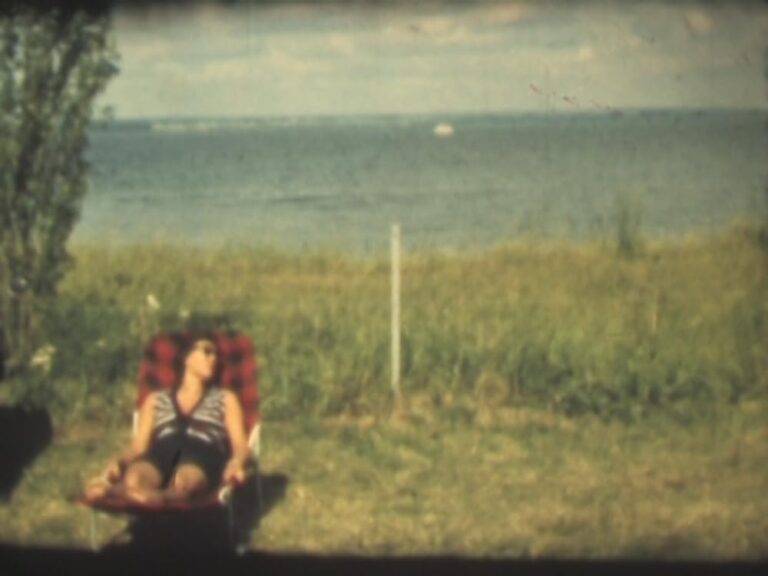
Polaroids (2015) by Péter Lichter
There is no feeling more haunting and exhilarating than when a recycled image becomes my own. It once belonged to someone else, served another purpose. But in my hands, it has slowly transformed, transfigured, like a raspberry harvested and used to make jam. During the canning process, the fruit loses its original shape, but its essence is transformed, becoming thicker, velvety, even more delicate. (Péter Lichter: The Pleasure of Gathering, the Ecstasy of Montage. Published in Found Footage & Collage Films: The Artist’s Voice)
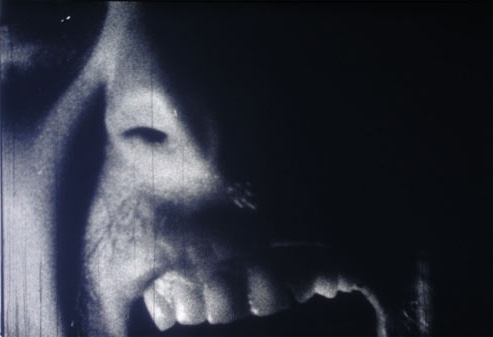
Castle Two (1968) by Malcolm Le Grice
Why did I use pre-shot material? One reason was economic. Making film at that time was very expensive and the discards of the industry represented a huge free source and implicit financial investment—this aspect was opportunistic. However, artistically, it fitted well with many of the aesthetic concepts that fed and influenced my early work as a painter, particularly montage of found images and other material—as seen for example in the work of Robert Rauschenberg. It also related directly to the notions of the cut-up from William Burroughs and even earlier to the Merzbild of Kurt Schwitters. Of course as a visual artist, the background of collage and montage was already almost a norm rather than an exception. (Malcolm Le Grice: Found Footage: Some Thoughts. Published in Found Footage & Collage Films: The Artist’s Voice)